208 VOLT
This compressor was disconnected in 2019 & was kept inside since then. Was in working condition when taken out of service.
The Curtis-Toledo KS 40 Rotary Screw Air Compressor is a high-efficiency, heavy-duty industrial air compressor designed for continuous operation in demanding environments. With a 40 HP motor and high airflow output, it is ideal for applications requiring consistent and reliable compressed air supply.
Key Features:
Compressor Specifications:
- Model: Curtis-Toledo KS 40.
- Type: Rotary screw air compressor.
- Continuous-duty operation with minimal pulsation and noise.
- Motor Power: 40 HP.
- Provides robust performance for industrial-scale applications.
- Air Delivery:
- 169 CFM (Cubic Feet per Minute) at standard operating pressure.
- Designed for consistent air output without pressure fluctuations.
- Operating Pressure:
- Typical operating range: 100–150 PSI (varies by configuration).
Design and Build:
- Durability:
- Heavy-duty construction designed for long service life.
- Cooling System:
- Integrated cooling system ensures efficient operation and prevents overheating.
- Noise Level:
- Rotary screw design ensures quieter operation compared to piston compressors.
- Control Panel:
- User-friendly control interface for monitoring and managing operations.
- Includes safety features like pressure and temperature alarms.
Power Requirements:
- Electrical:
- Standard configurations for 3-phase power (e.g., 230V or 460V, depending on the model).
- Startup:
- Equipped with soft-start or variable frequency drive (VFD) options for energy-efficient operation.
Applications:
- Manufacturing and assembly lines.
- Automotive repair and body shops.
- Food and beverage processing.
- Pharmaceuticals and medical equipment.
- General industrial processes requiring continuous compressed air.
Advantages:
- Efficiency:
- High airflow and consistent performance ensure reliable operation.
- Durability:
- Built to withstand rigorous industrial environments.
- Energy Savings:
- Optimized design reduces energy consumption compared to older models.
- Low Maintenance:
- Fewer moving parts compared to piston compressors, reducing wear and tear.
- Versatility:
- Capable of handling a variety of pneumatic tools and systems.
Maintenance Tips:
- Daily Checks:
- Inspect for leaks, unusual noises, or changes in pressure.
- Air Filter:
- Clean or replace air filters regularly to maintain efficiency.
- Oil and Lubrication:
- Monitor and change compressor oil as per the manufacturer’s schedule.
- Cooling System:
- Check coolant levels and clean radiators to ensure proper cooling.
- Belts and Connections:
- Inspect belts and connections for wear and adjust as needed.

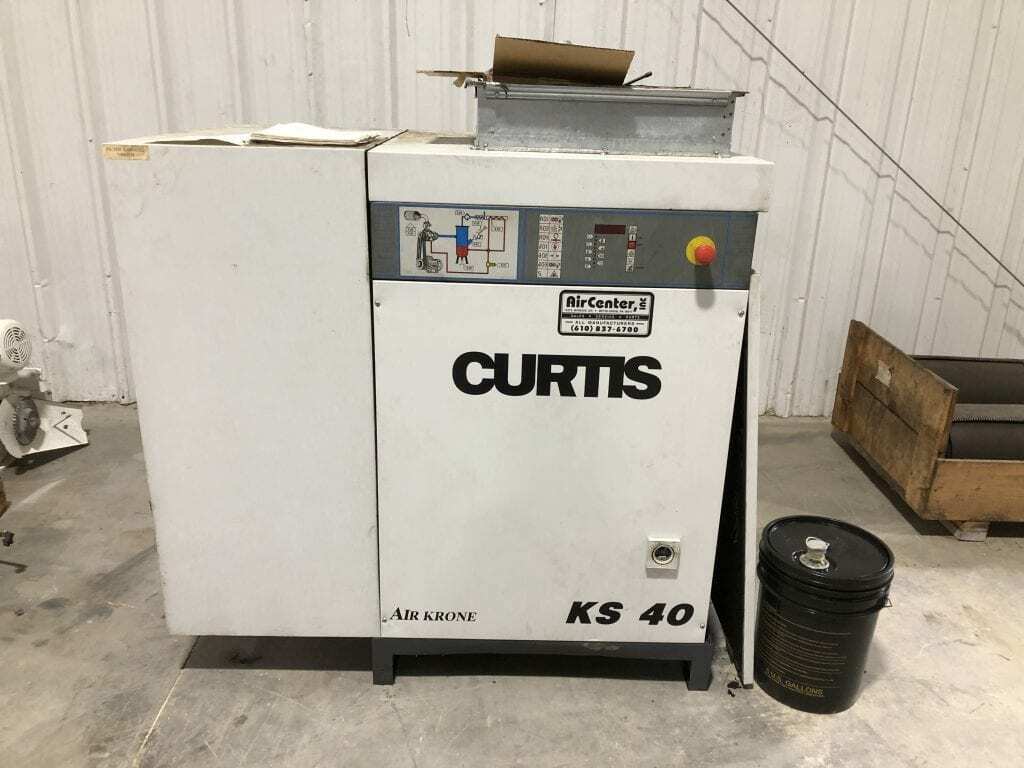
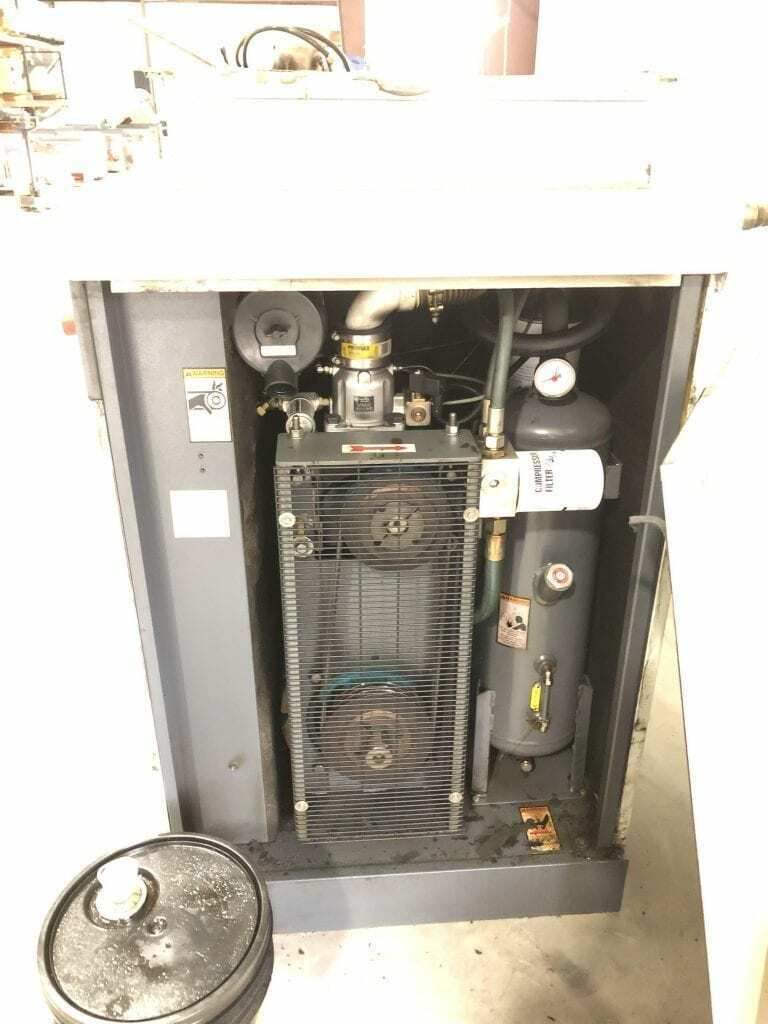

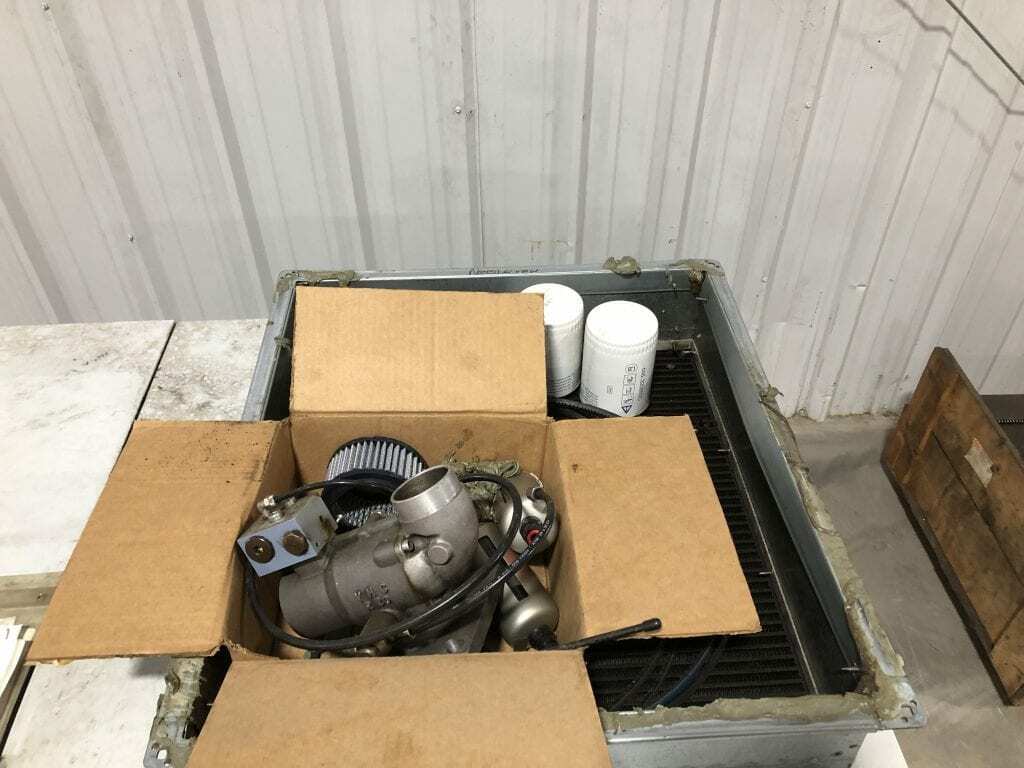

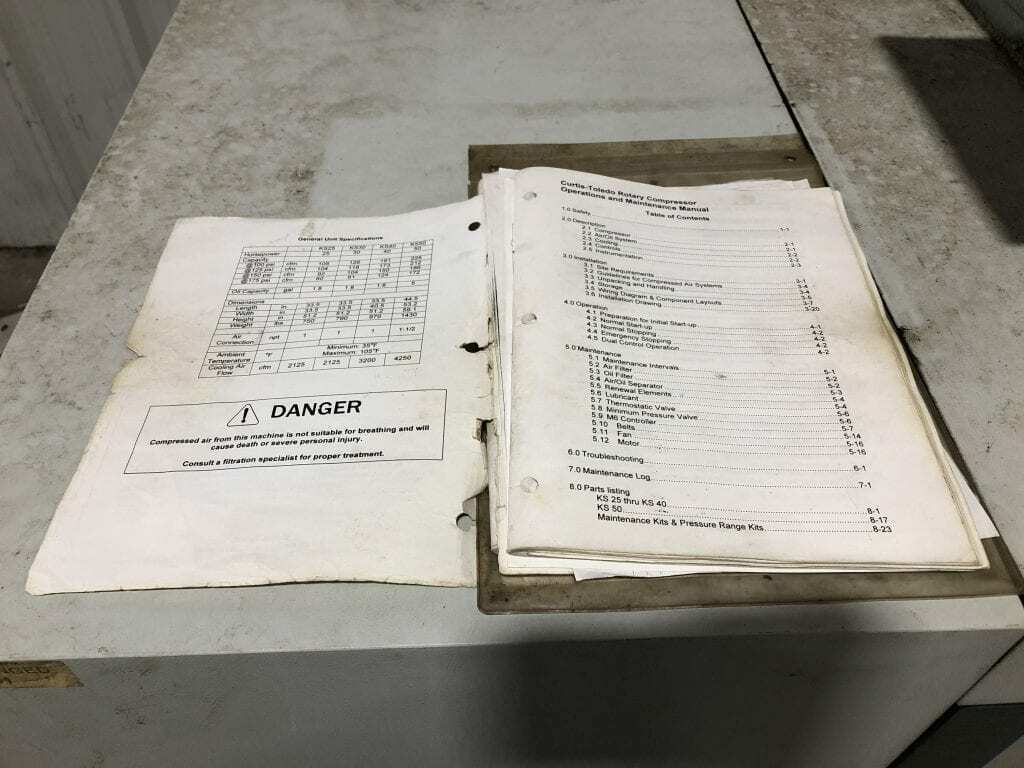
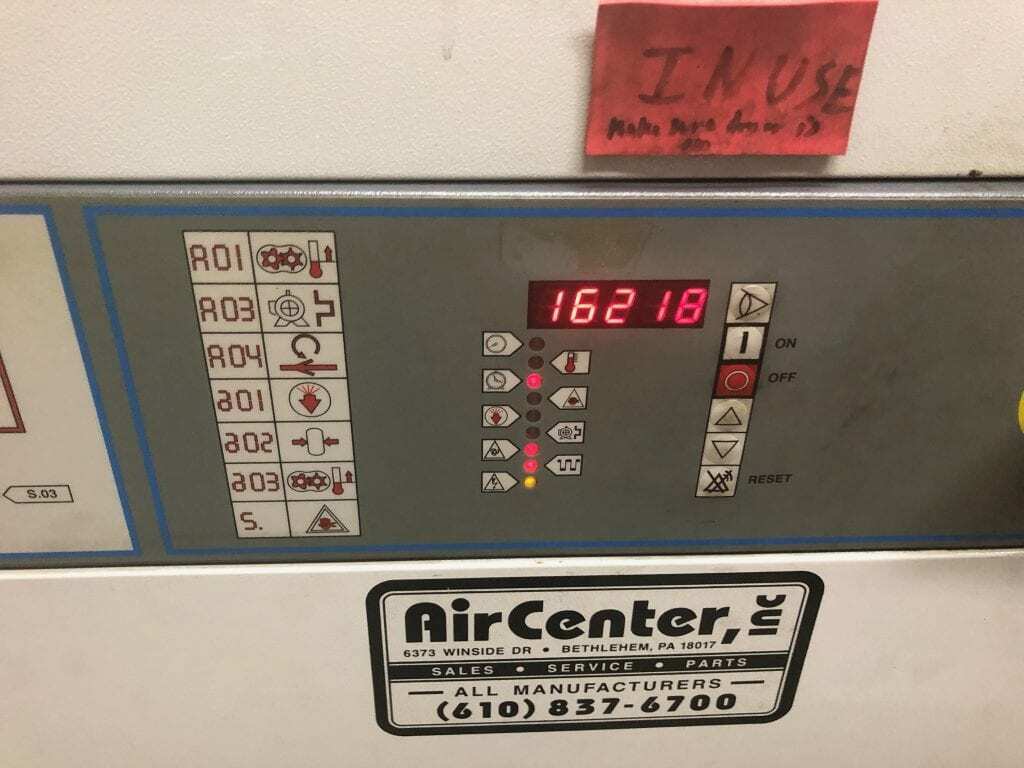
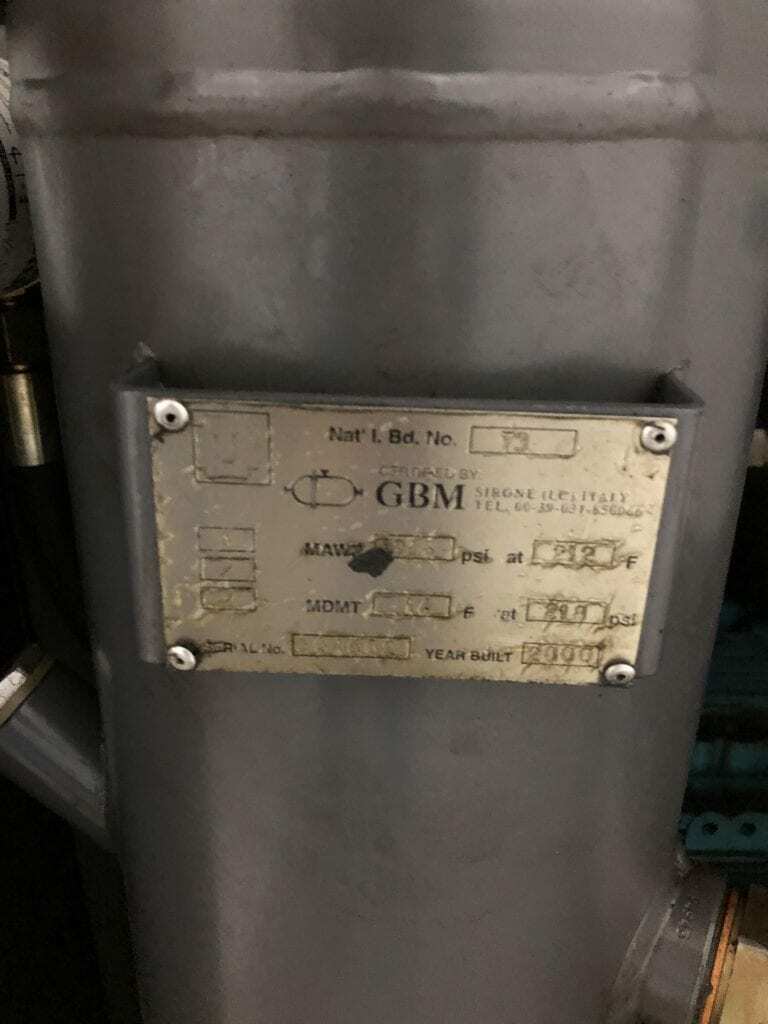
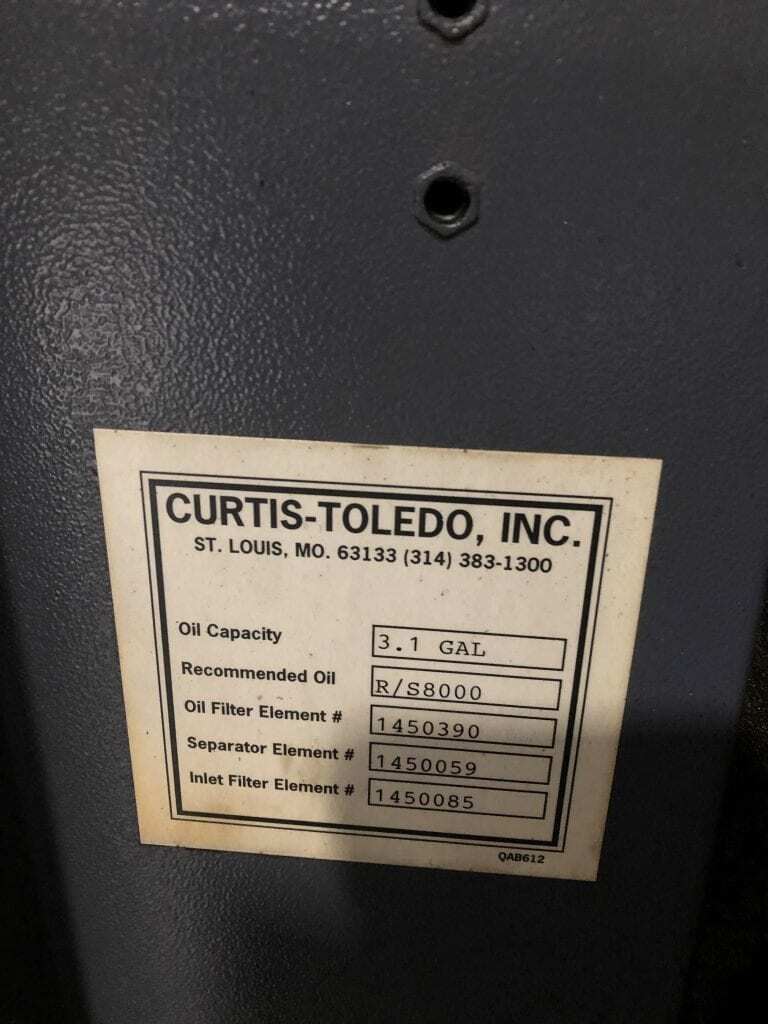
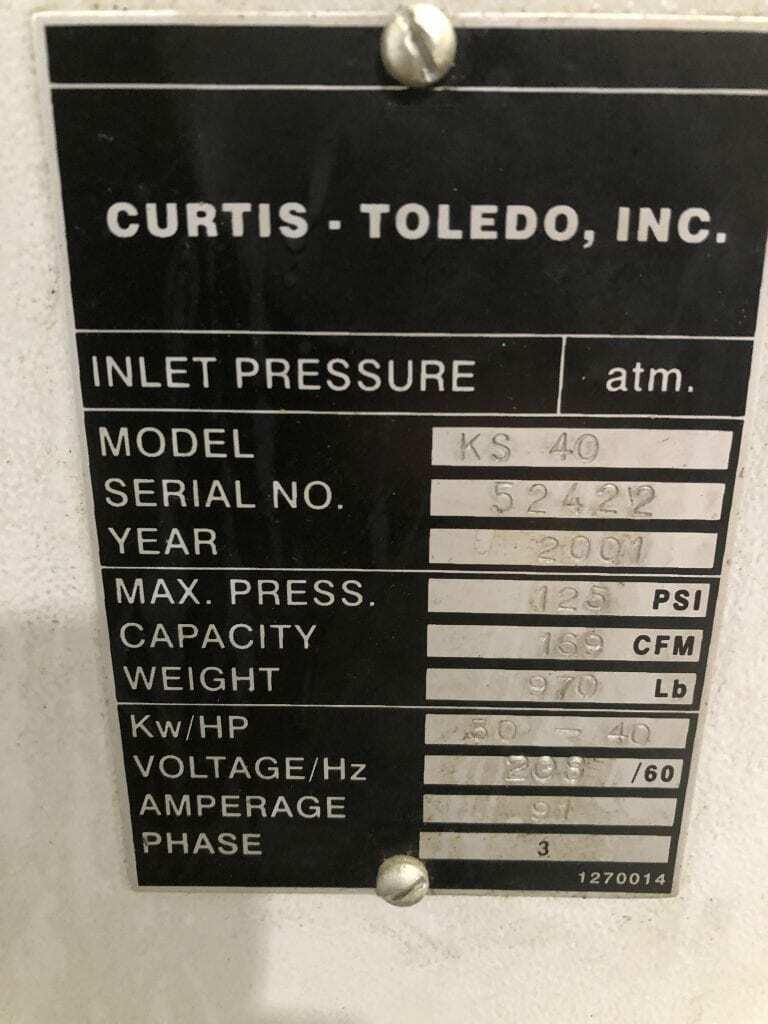
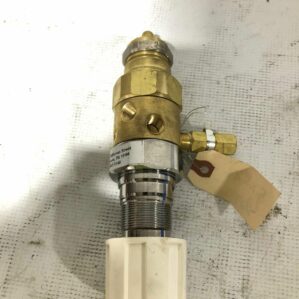


Reviews
There are no reviews yet.